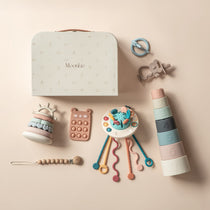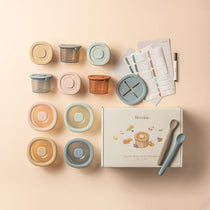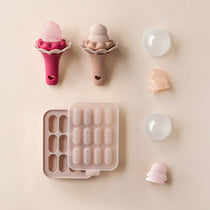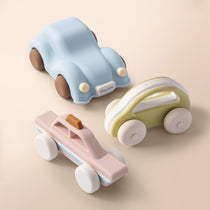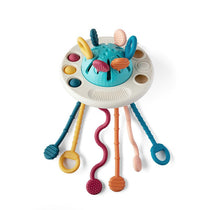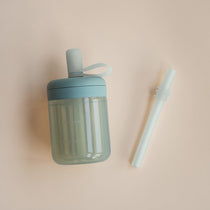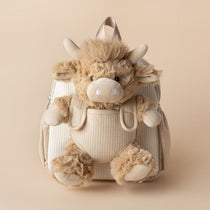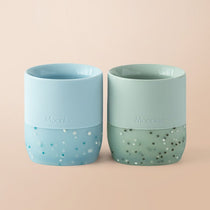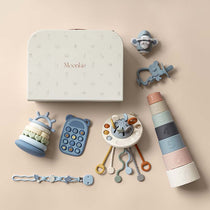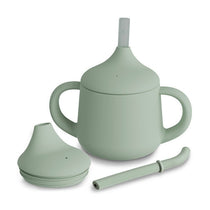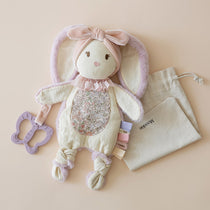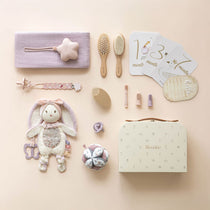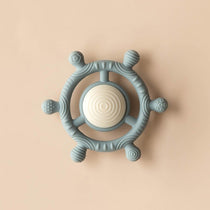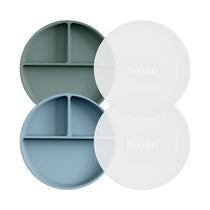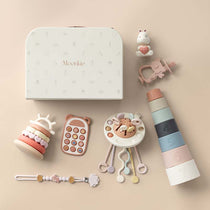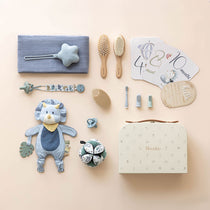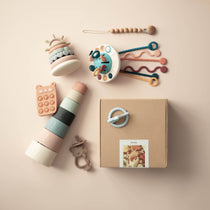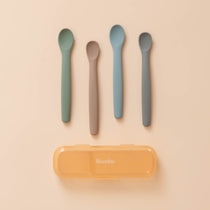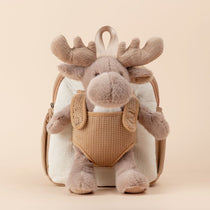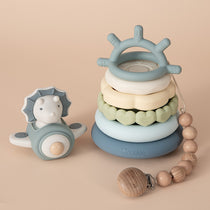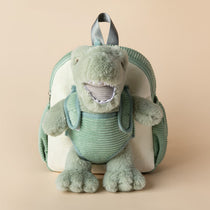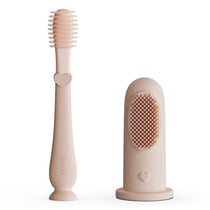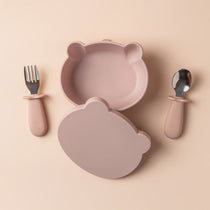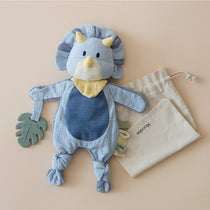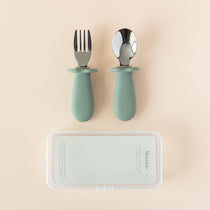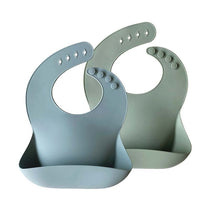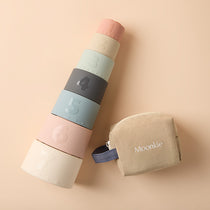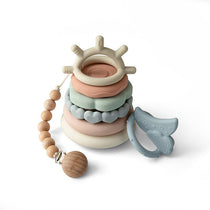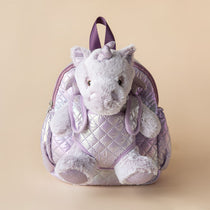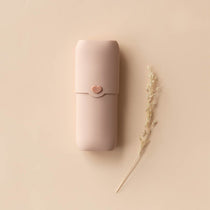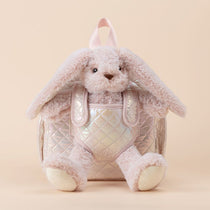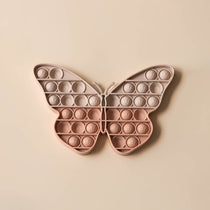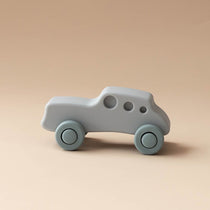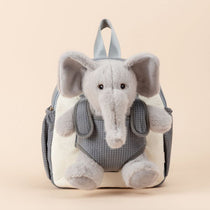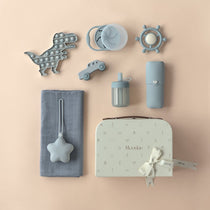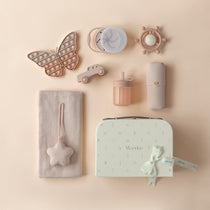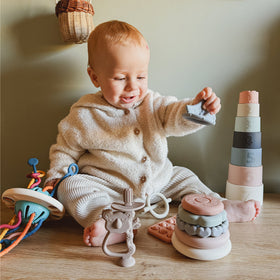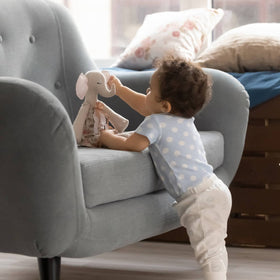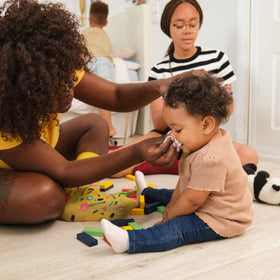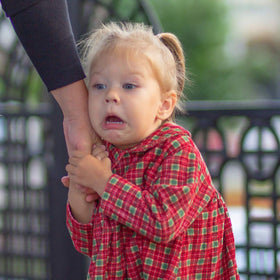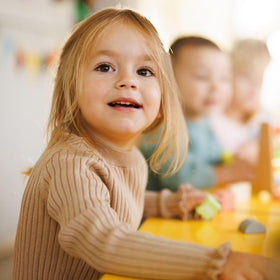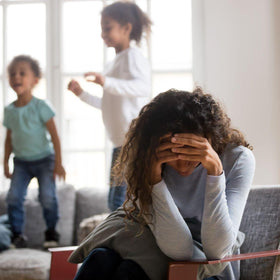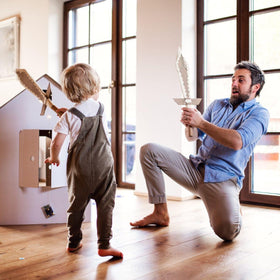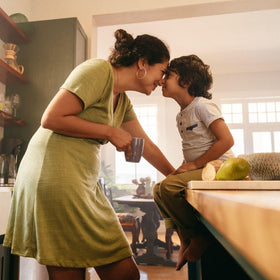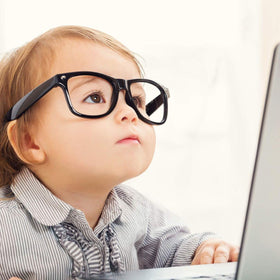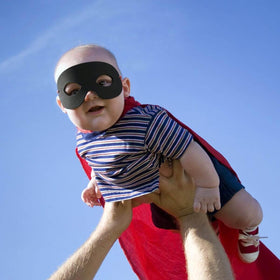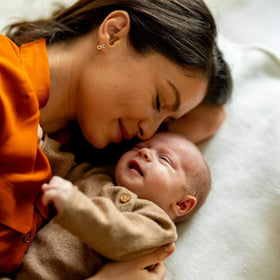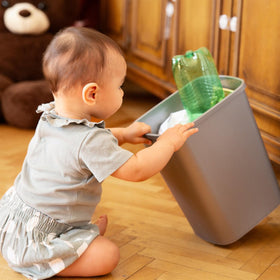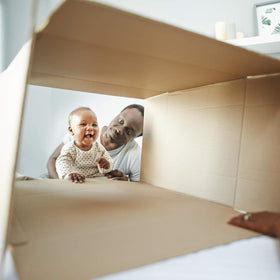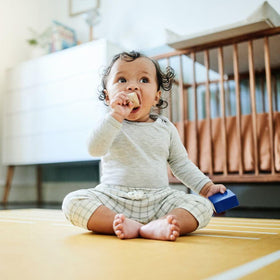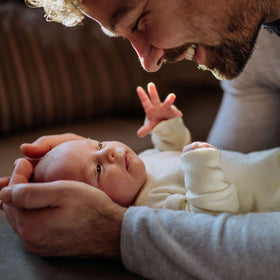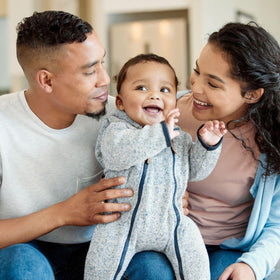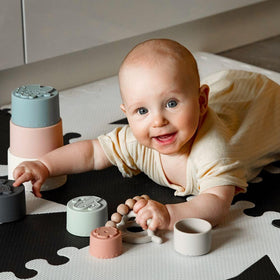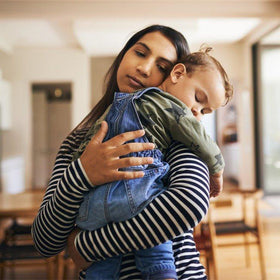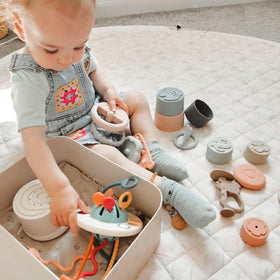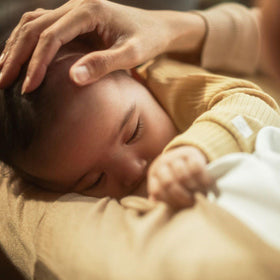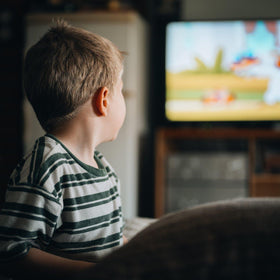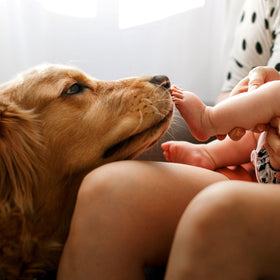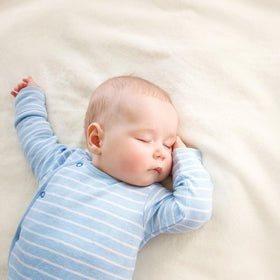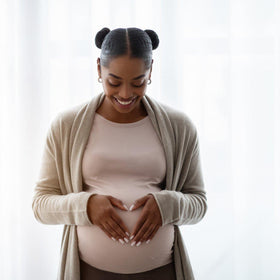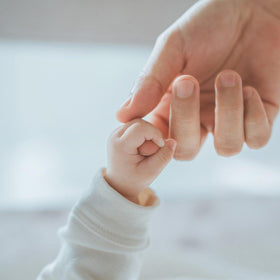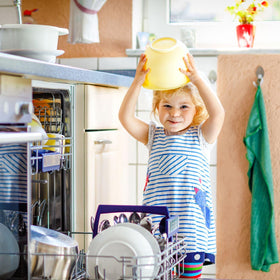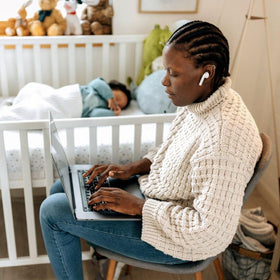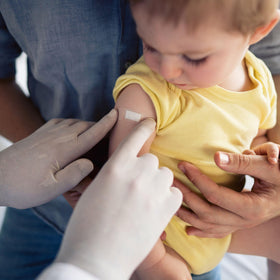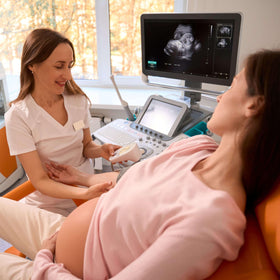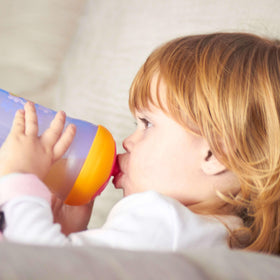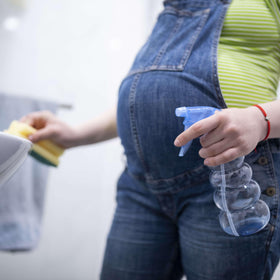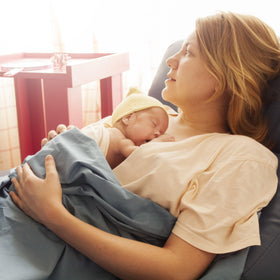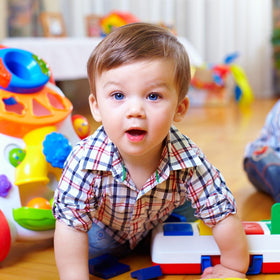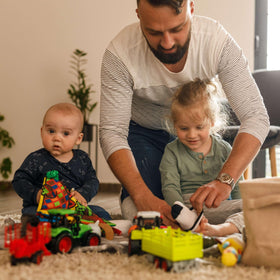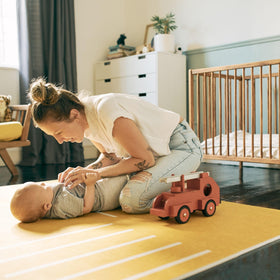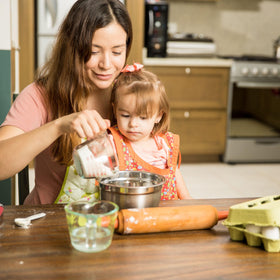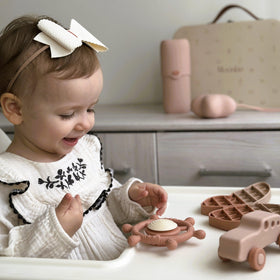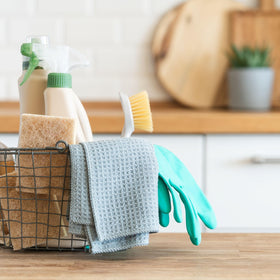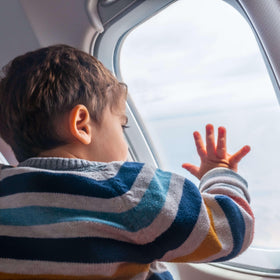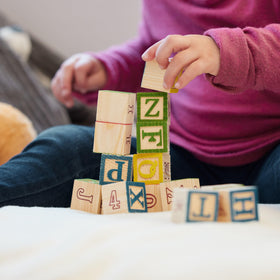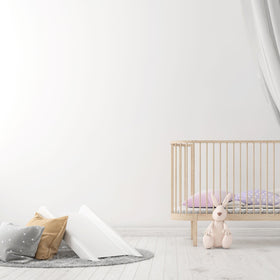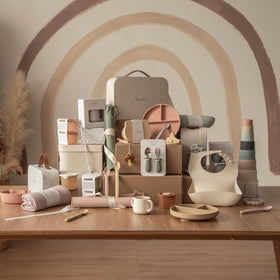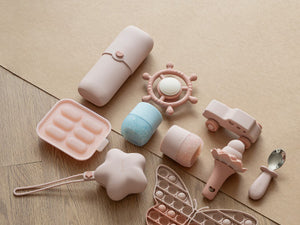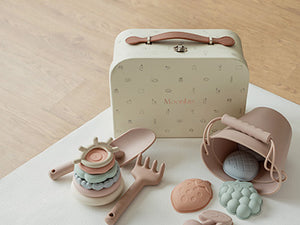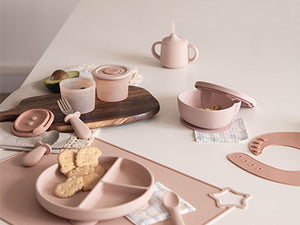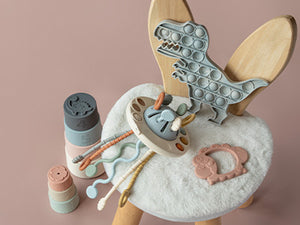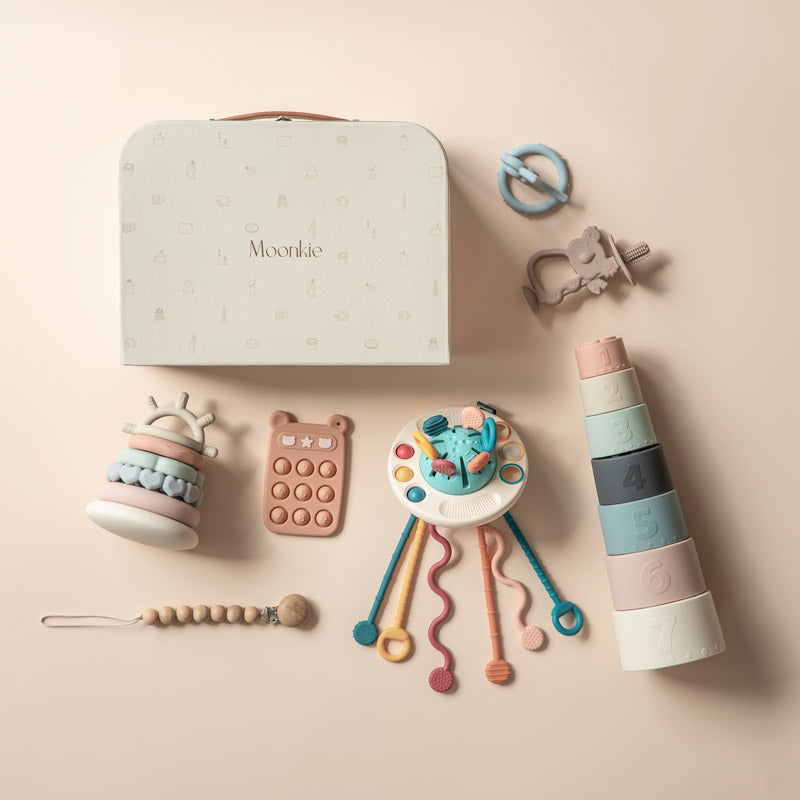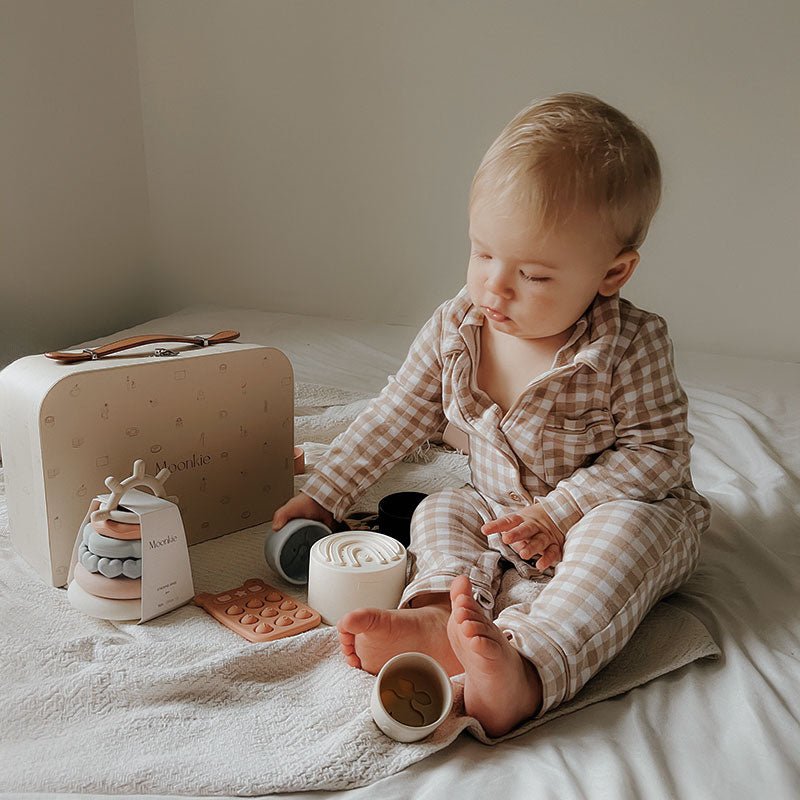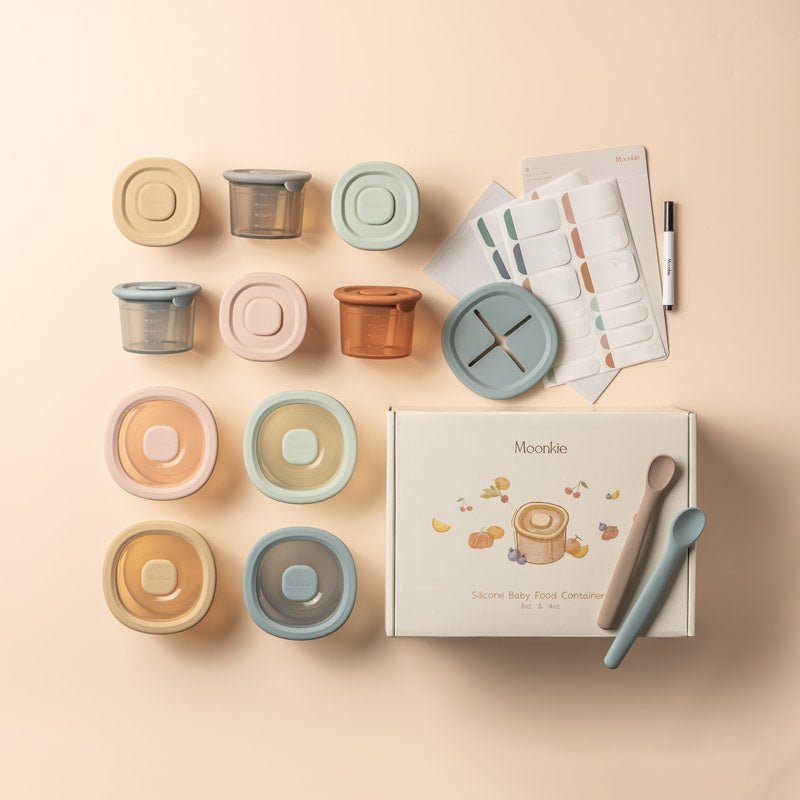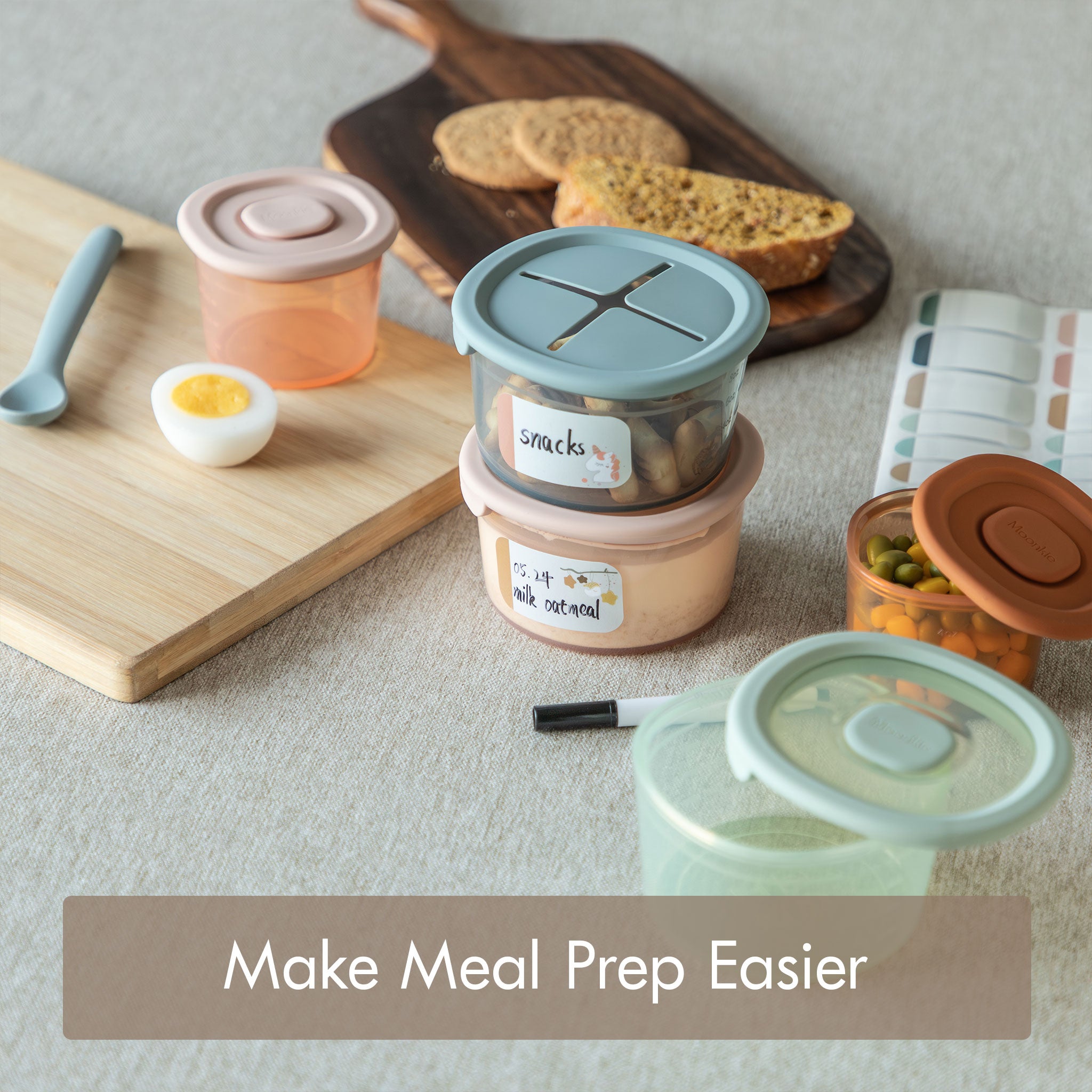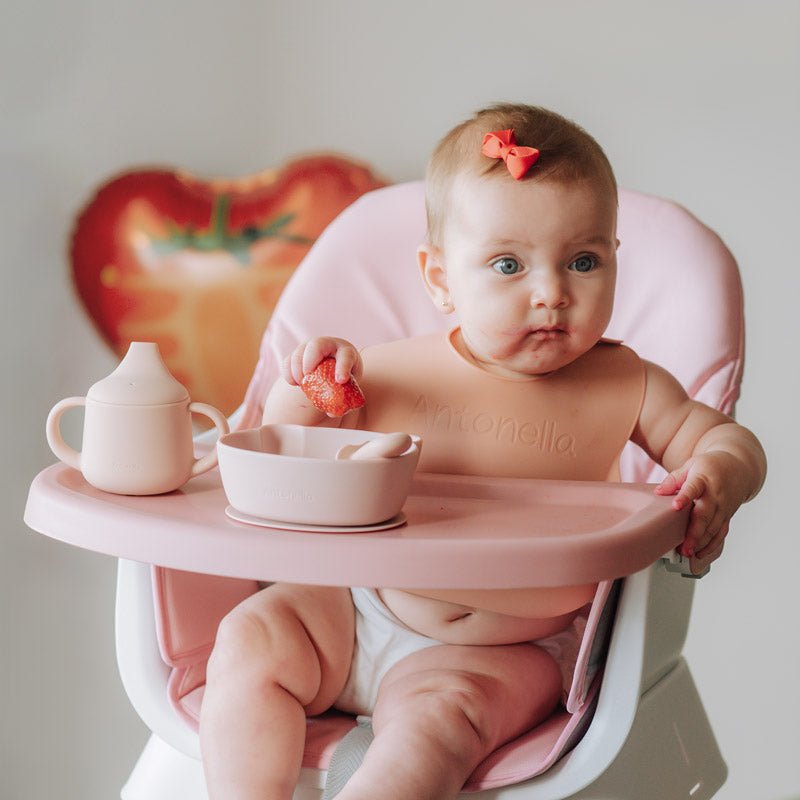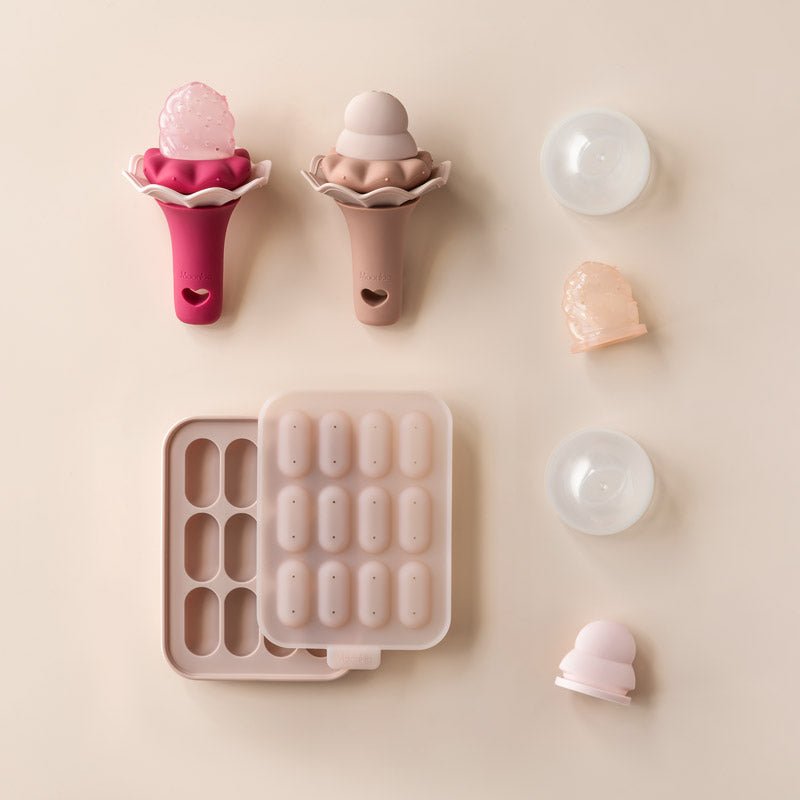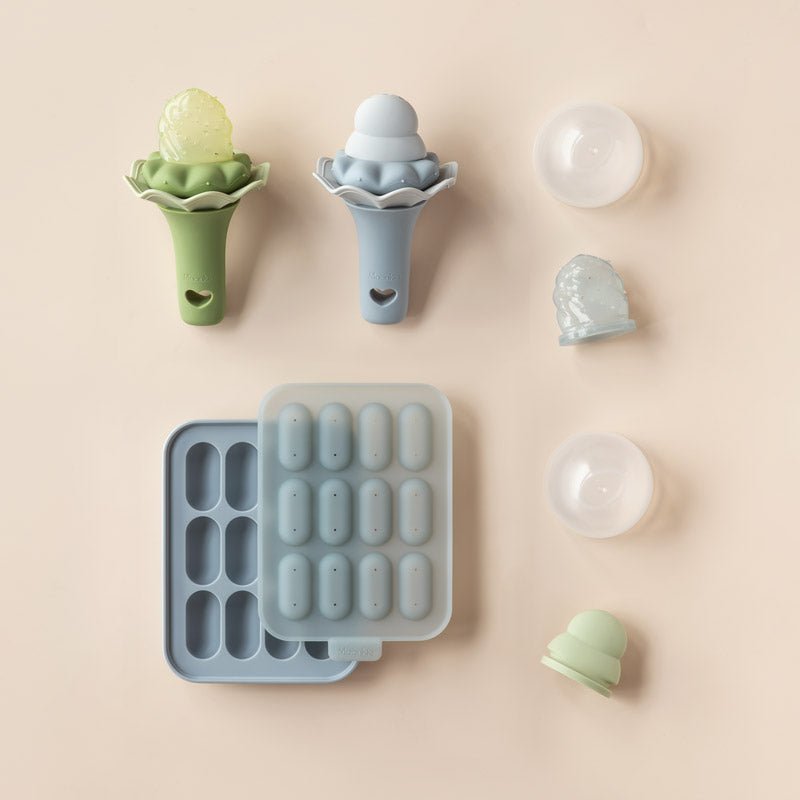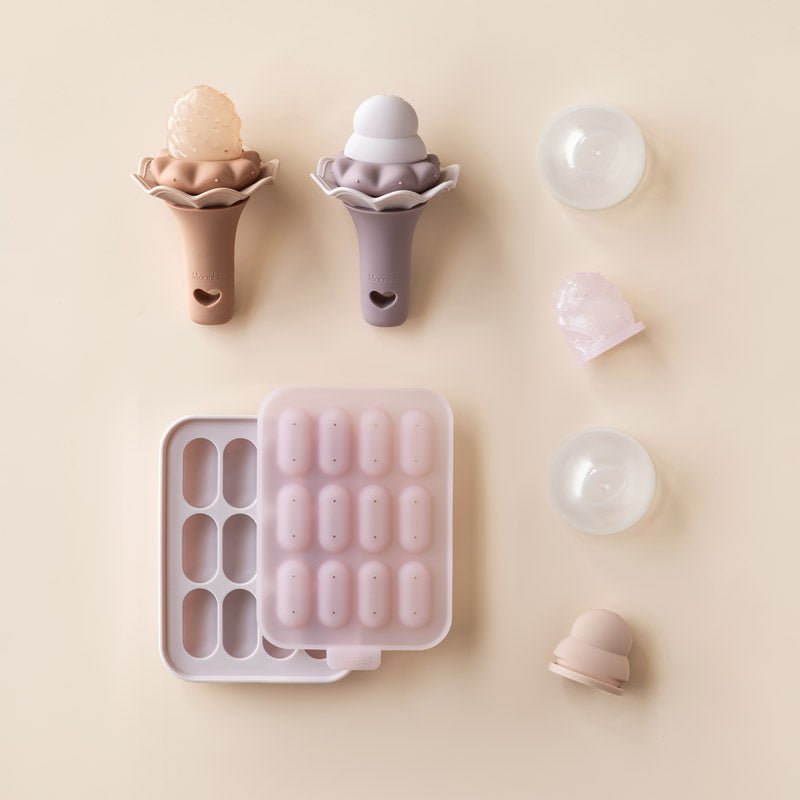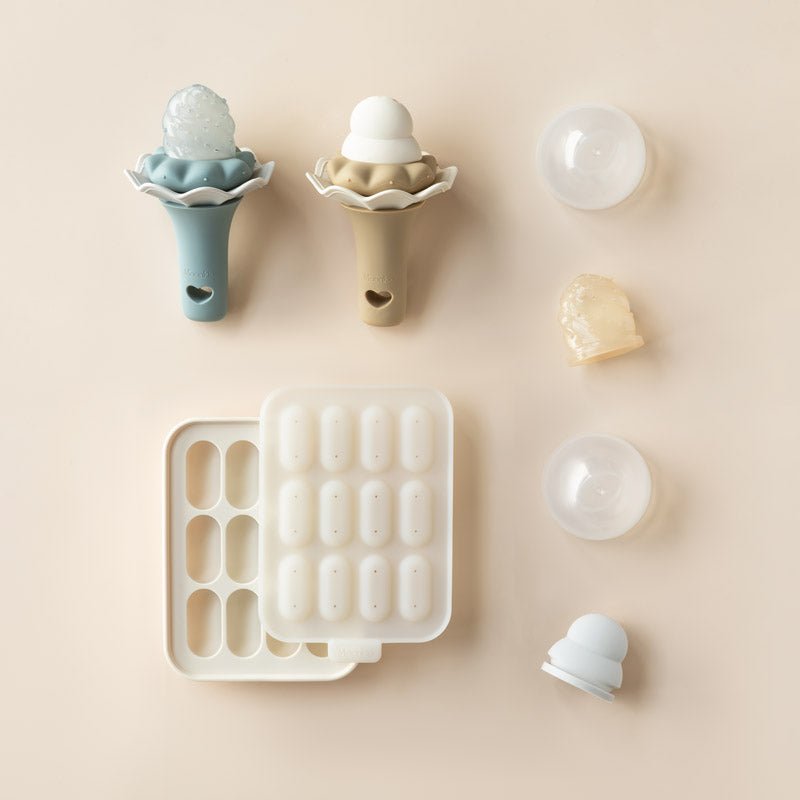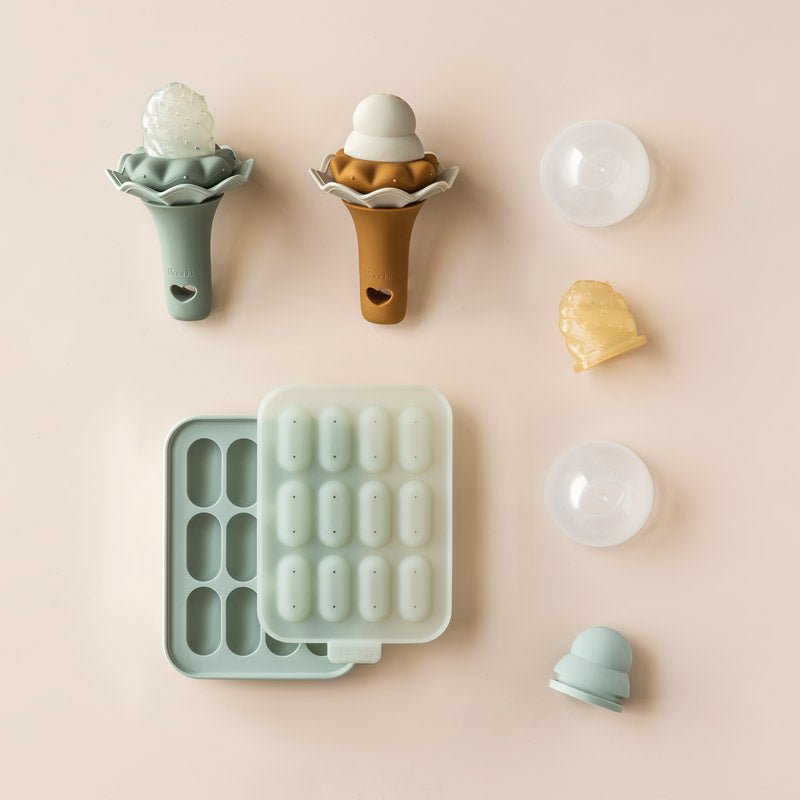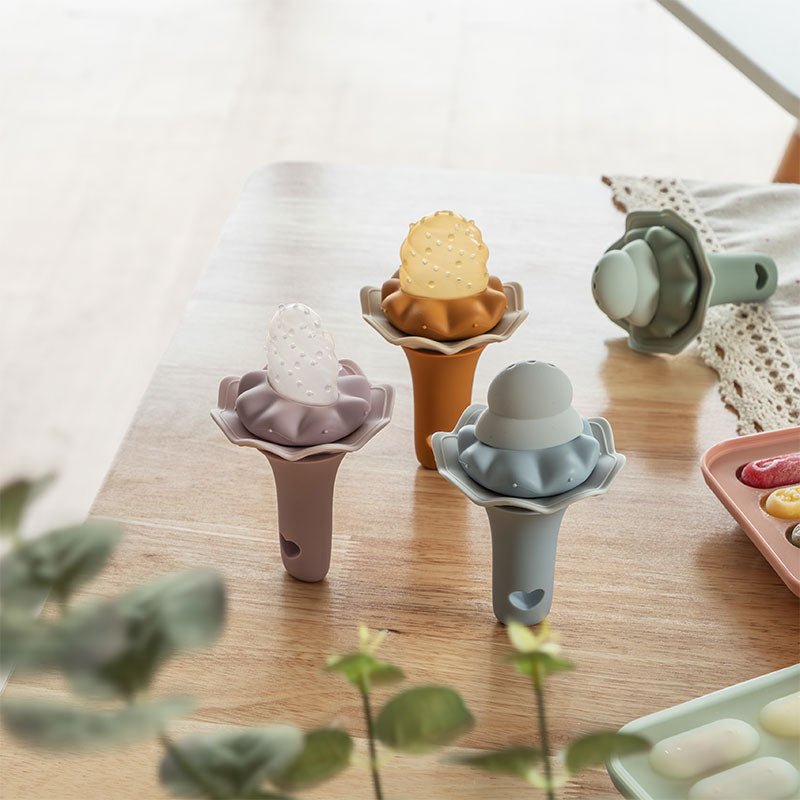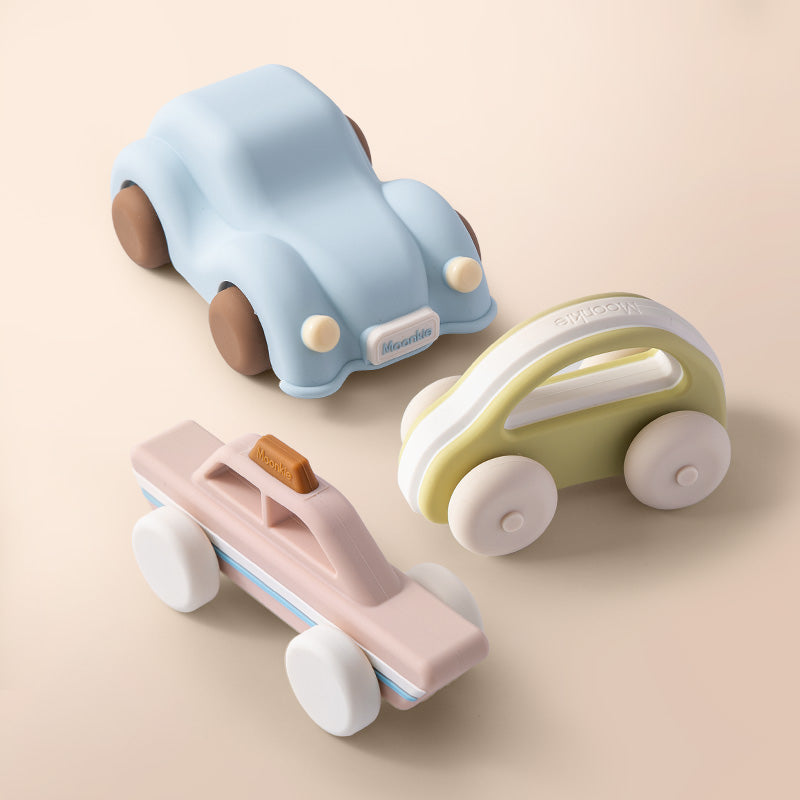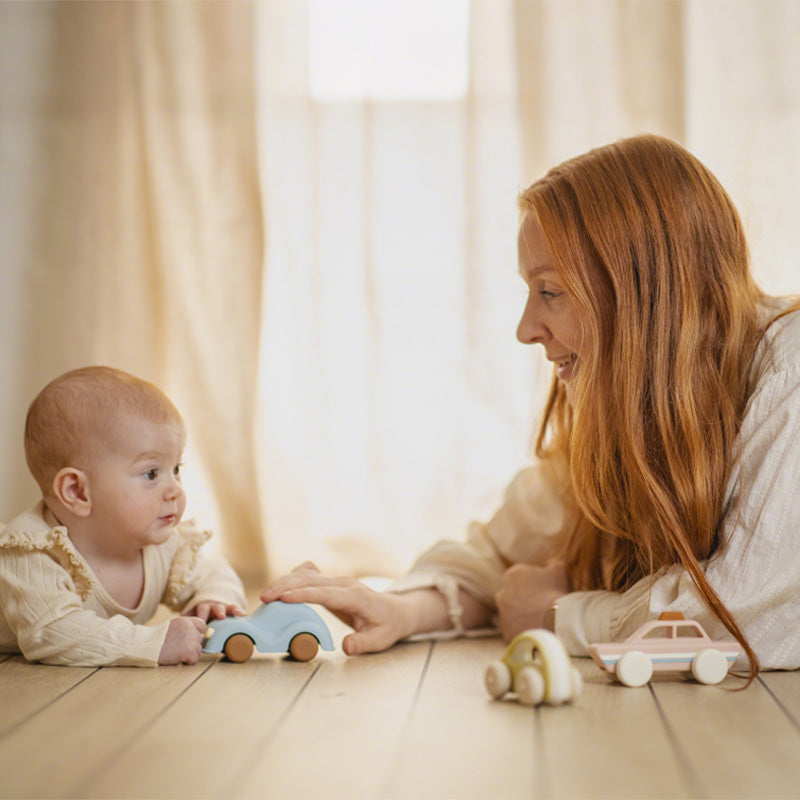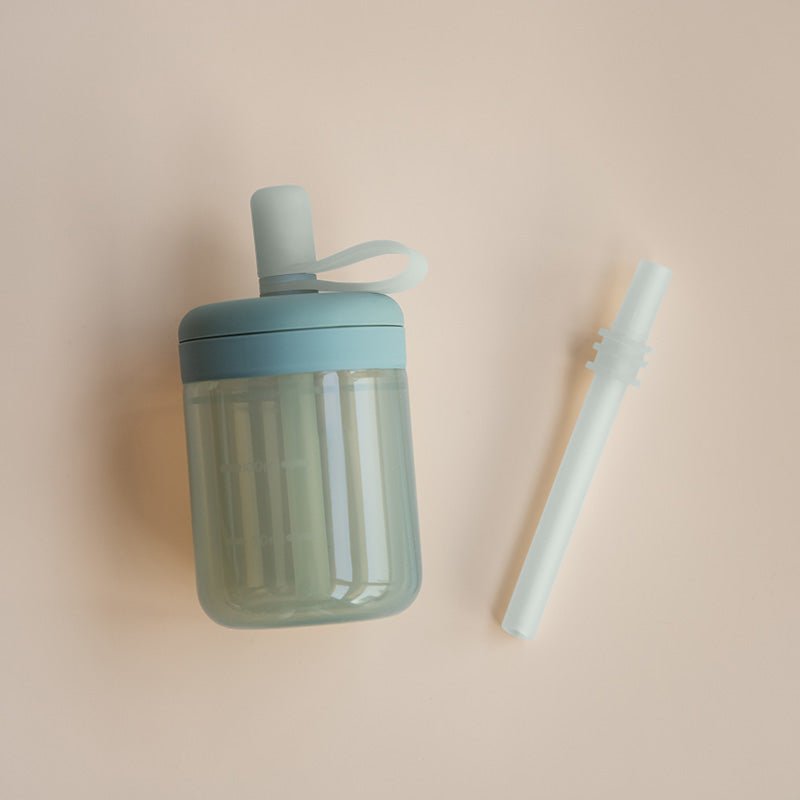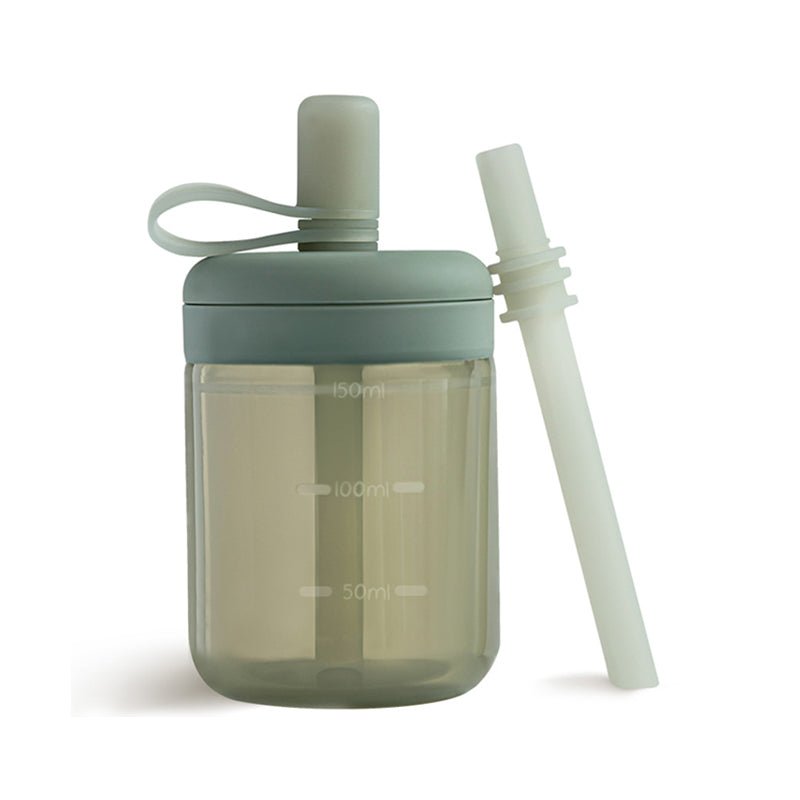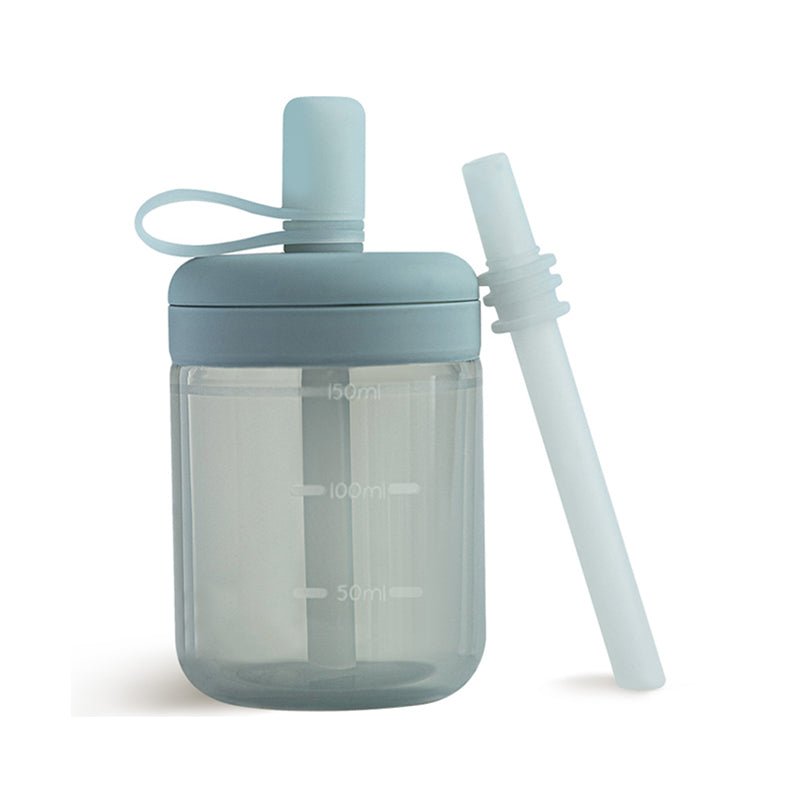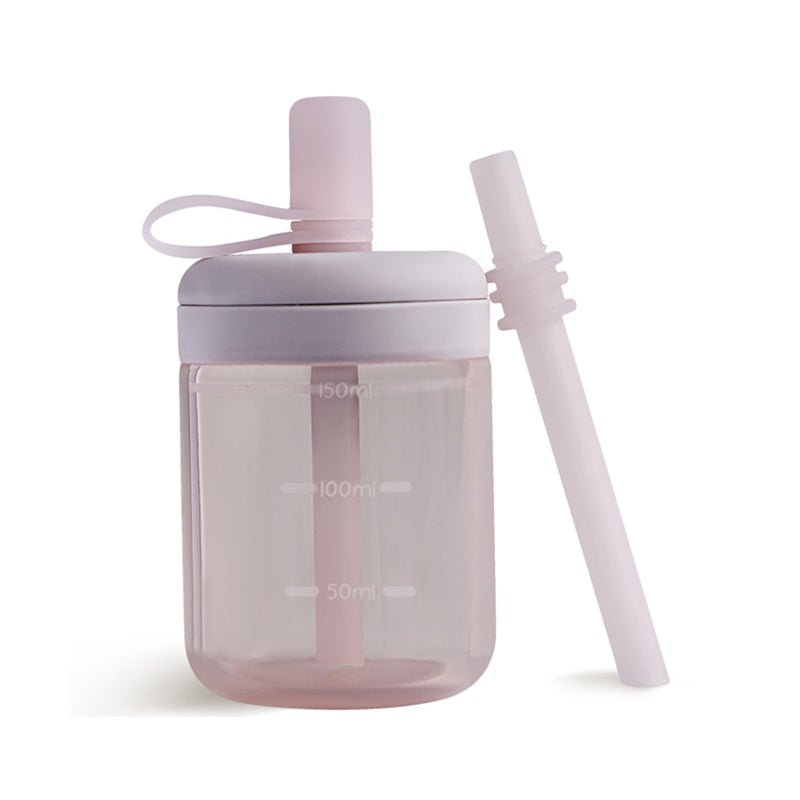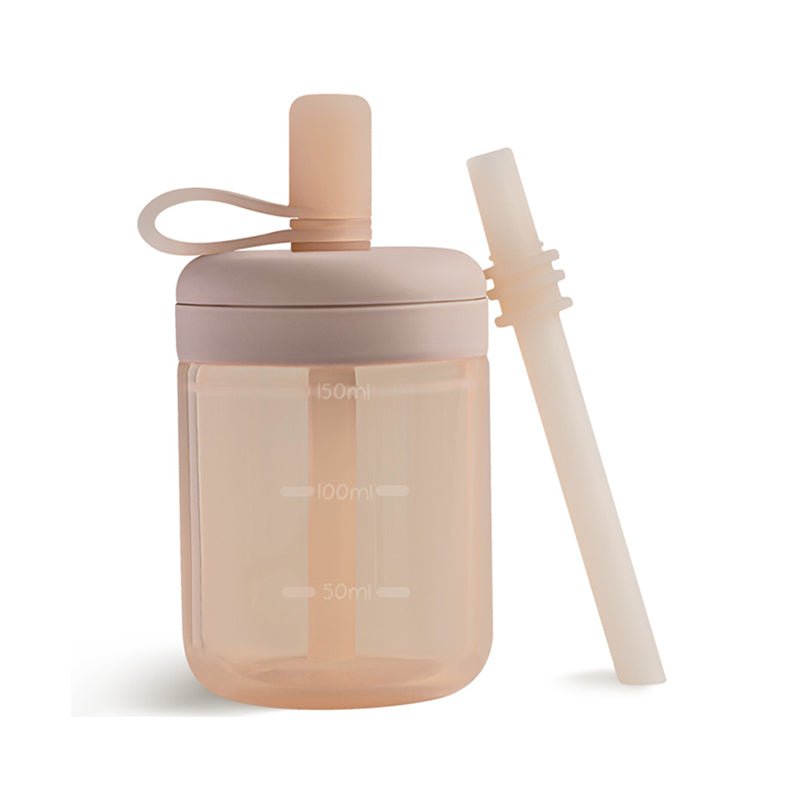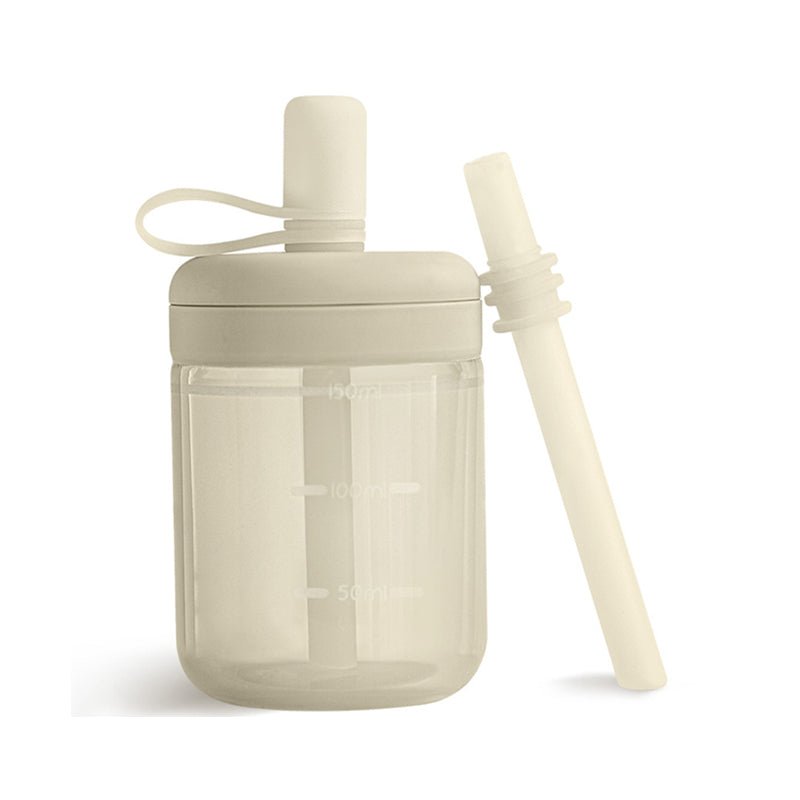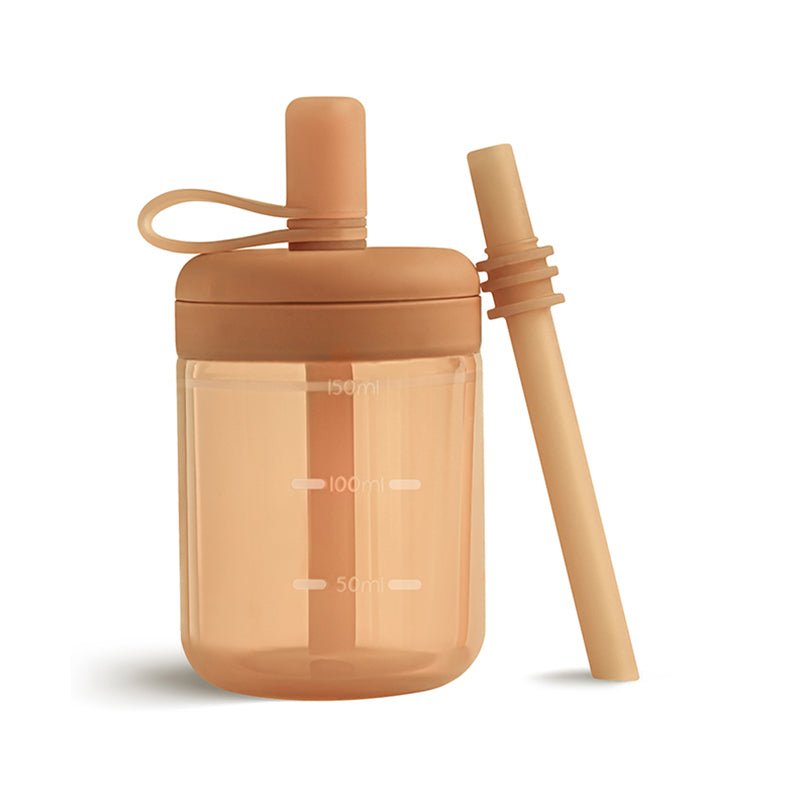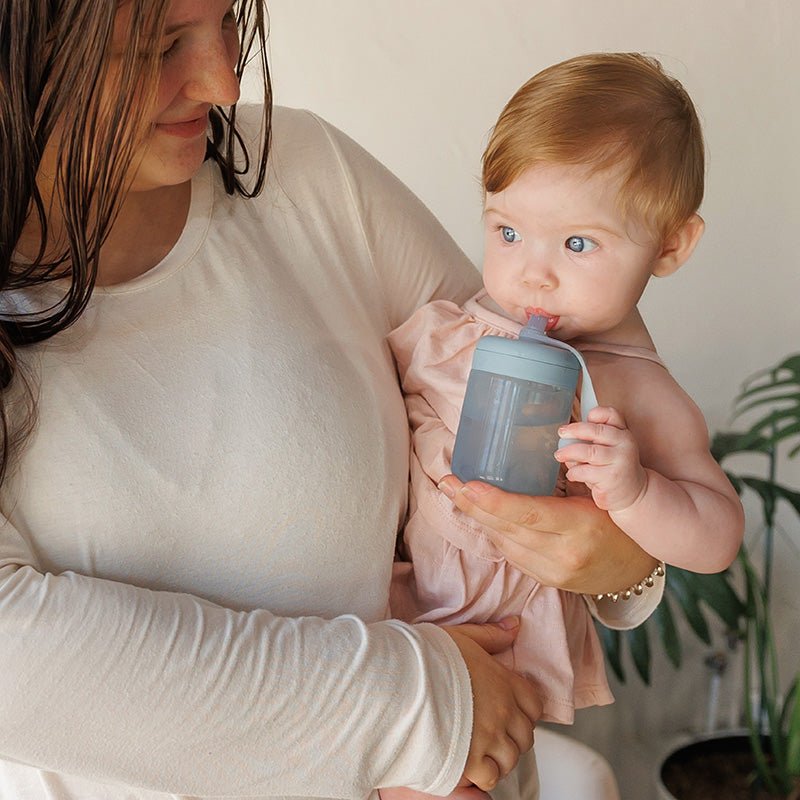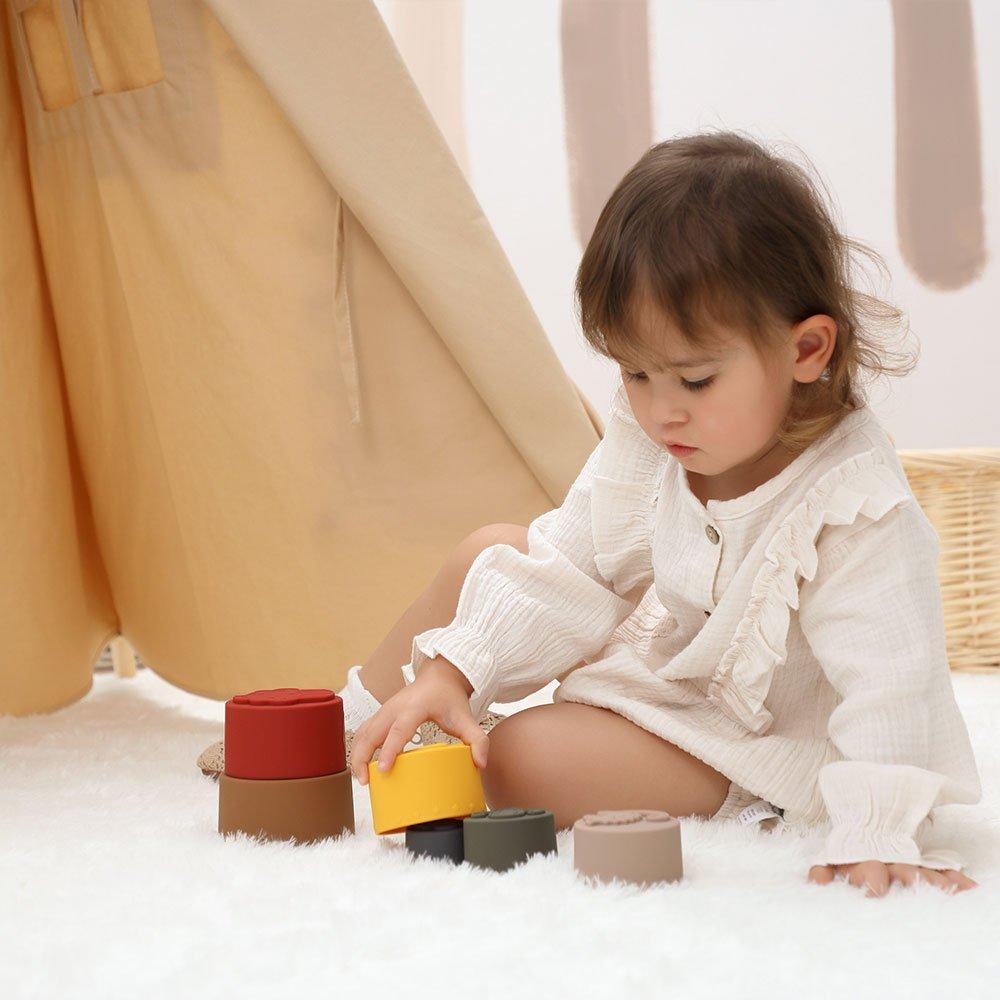Once you have a baby, your social media feed, ads, and community begin talking about all kinds of things: wooden toys, silicone baby toys, muslin baby blankets, glass baby bottles, and the list goes on and on! Two things in particular sound very similar and appear in similar contexts: Montessori education and sensory toys.
People sometimes use Montessori education and sensory toys interchangeably, but they are not the same thing. Montessori education is a method of education well-known for its sensory focus. Sensory toys are passive toys designed to stimulate a little one's five senses. Montessori classrooms encourage kids to play with sensory toys and activities to explore and discover.
This seemingly simple difference gets confused on Amazon product listings, catch-all blogs, and ads for "high-tech sensory toys," so here is a breakdown of what Montessori education is all about, the benefits of sensory toys, and how to discern which sensory toys are actually worth their salt.
What is Montessori Education?
Montessori education is an infamous approach to learning that Dr. Maria Montessori developed in the early 1900s, yet its principles of child-centered learning are as modern and forward-thinking today as ever. The Montessori method emphasizes hands-on learning, self-directed activity, and collaborative play.
In a Montessori classroom, teachers encourage children to independently explore their environment and learn at their own pace. The Montessori-trained teacher acts as a guide, not a lecturer, and helps children discover their own interests and passions.
At its core, Montessori education believes that children learn best when eagerly engaged in the learning process. The Montessori approach emphasizes the development of practical life skills, such as gardening, cleaning, and cooking, as well as crucial academic skills, such as reading, writing, and math.
Since the Montessori method allows children to learn at their own pace, teachers design Montessori classrooms to be child-centered, with materials and activities tailored to each child's individual needs and interests.
In other words, the Montessori teacher prepares the classroom and activities beforehand with each child's needs in mind and lets the kids move from activity to activity when ready. Kids may even return to the same activity if desired.
What Are Sensory Toys?
Sensory toys are designed to simultaneously engage one or two of the five senses to promote sensory exploration. As such, while playing with a sensory toy, a baby, toddler, or young child is developing cognitive skills, hand-eye coordination, as well as fine and gross motor skills.
Sensory toys come in many forms, textures, colors, and sounds. You may find some for your little one to play with in water, sand, inside, or outside--there are so many options out there!
The main thing to consider is age-appropriateness; sensory toys exist for children of all ages, but one meant for a six-year-old may be dangerous for an infant. Here are some ideas for sensory toys by age.
| Age | Examples of Age-appropriate Sensory Toys |
| 0 - 3 months | soft rings, textured baby mat, mobile |
| 3 - 6 months | play mat, soft blocks, balls, and books |
| 6 - 9 months | teething rings, stacking cups, shape sorters |
| 9 - 12 months | busy boards, wooden blocks, bead mazes |
| 12 - 18 months | push toy, pull along toy, building blocks |
| 18 - 24 months | wooden puzzles, discovery blocks, activity tables |
| 24 - 36 months | wooden activity sets (kitchen, workbench, train set, etc.), alphabet puzzles, fishing for shapes and sorting them, magnet tiles |
This is far from a comprehensive list, but these are a few of the most common sensory toys for little ones at these stages. For a more comprehensive guide, check out From Teething to Tummy Time: The Top Sensory Toys for Every Stage of Babyhood.
Electric Toys
Notice, however, what isn't on this list: electronic toys. Electric toys are, as I endearingly like to call them, "disco noisemakers" that distract your little one. These "active" toys encourage your baby to sit, hit, and watch.
Though fun the first few times, your little one will not likely grow into enjoying electric toys more. Instead, he will tire of it, break it, or fuss about the batteries dying. Sure, sensory toys just lay there until your little one decides to do something with them, but there are arguably fewer tantrums, more imaginative play times, and a longer toy lifespan.
Are All Sensory Toys Montessori-inspired?
Not all sensory toys on the market are created equal, and not all are Montessori-inspired. For instance, plastic toys that make sounds when your toddler presses a button engage her senses of sight, sound, and touch, but they don't necessarily encourage her to explore more.
Montessori education is known for its sensory focus, particularly focusing on one sensory skill at a time. That's not to say that Montessori education focuses on one sense in the absence of all other senses, but rather that it emphasizes one sense at a time, especially with natural materials.
For example, a toddler's sensory activity involving a tray full of sand, a little scoop, a wooden popsicle stick, and a large marble will require multiple senses but focus on touch. When ready, that toddler can even draw letters, numbers, or pictures in the sand.
Now, compare the quality of that exploration experience with a "flashy disco noisemaker" singing the ABCs and 123s with all the bells and whistles. It's nowhere near the same experience in learning, tangible skills, or discovery.
So, are all sensory toys and activities Montessori-inspired? No. But plastic, electric toys are arguably not "sensory toys" either. Unfortunately, labels get muddled in marketing. Here are a few points to consider:
- Is the toy made from natural materials?
- Is it passive? Will my little one "watch" this toy or actively play with it?
- Are there a variety of textures and shapes?
- Is it overstimulating? Will my baby be able to focus with one sense?
- Does the toy add a lot of noise and distraction?
- Does the toy clearly train a sense?
-
Is the toy age and skill appropriate for my little one's learning?
What Makes a Sensory Toy Montessori-inspired?
If a sensory toy is passive, made of natural materials, and trains the senses, then it is likely Montessori-inspired. A supposed "sensory toy" that has a lot going on will likely result in overstimulation.
Here is a chart to help you discern the difference.
Characteristic |
Non-Montessori "Sensory" Toy |
Montessori-inspired Sensory Toy |
| Natural Materials | ✓ |
|
| Completely Passive | ✓ |
|
| Engages Senses | ✓ |
✓ |
| One-Sense Focus | ✓ |
|
| Skill Training | ✓ |
✓ |
| Child-led | ✓ |
It is not that non-Montessori sensory toys cannot be made of natural materials, engage primarily one sense at a time, be child-led, or be completely passive; it's that these are Montessori-inspired principles that are always evident in Montessori toys.
The plastic sensory toys that play sounds when your baby pushes buttons or twists knobs sometimes claim to be Montessori toys, but that simply doesn't fit the principles of Montessori education.
Perhaps the most telling characteristic of Montessori-inspired toys is that of focusing on one sense at a time. Dr. Maria Montessori was a huge proponent of creating sensory toys and activities that honed in on one sense at a time to develop it more effectively.
In a 1946 Lecture in London, she said, "If one sense is isolated, it seems to be enhanced in its power of perception. The possibility of perception is more profound. It is the concentration of the conscious mind upon that sense" (source).
What an astute observation this was for early childhood education! And honestly, this is freeing for parents with babies and toddlers at home, too. You don't have to set up complex activities for your little one, and you certainly don't need to entertain them with lots of new things. Just focus on one sense at a time and let your little one move on when ready.
How Can Montessori Education and Sensory Toys Benefit My Child's Development?
Pairing Montessori education with actual sensory toys will benefit your little one's development in so many ways.
Montessori education can help your child develop practical life skills, social skills, communication skills, and empathy. Done right, sensory toys can aid your little one in developing their fine motor skills, hand-eye coordination, and cognitive skills by exercising their senses of touch, sight, sound, smell, and taste.
When Can I Start Using Montessori Education and Sensory Toys?
You can start using Montessori activities and principles from birth! There are myriad free resources online for Montessori teaching, activities, toys, and preparedness; you just need to reach out and make time to learn.
Here are a few things to keep in mind before you get started.
Read a Lot
One piece of advice I have heard numerous times from people much wiser than me is this: "If you stop reading, you stop growing." How true this has turned out to be! For the sake of your little one, you need to keep growing by reading solid content on parenting and developing early learners, as well as fiction and nonfiction that enriches you.
For one, your baby will grow up seeing you reading books, not just staring at your phone, making reading seem more natural later on. Secondly, you will have fresh ideas to discuss or try out in educating your little one, even before kindergarten!
Set Reasonable Expectations
Your baby will likely not be Einstein by kindergarten, so don't put a lot of pressure on yourself or baby. He or she will probably spend a grand total of two seconds playing with a sensory toy at first, which is perfectly fine!
The point is to provide opportunities for your little one to learn and develop those crucial early childhood skills. Educating yourself on your little one's stages of development (what they can handle and when) will help you keep calm and focused on letting your baby explore and learn at his or her own pace (source).
Keep It Age-appropriate
This advice echoes the same sentiment above, but it is vital that you not rush your little one. He or she is doing some truly remarkable stuff as they take in the world around them: your baby is creating 1 million neural connections every second for their first three years of life (source).
That said, every skill must be developed in due course. Your little genius is probably not ready to begin cursive writing tutoring at two years old. Not to say that you can't encourage that if your toddler has a great interest in and an uncanny knack for writing at that age, but you shouldn't expect it.
If you'd like to learn more about early childhood skills development, read our article Early Childhood Skills and Montessori Education: What You Should Know.
Don't Overthink It
Just have fun with your little one! The truth is, before kindergarten, you are your child's world, and they crave time with you. By taking your little one for a walk around the block and talking about everything you see, you are delighting your child and teaching them about the world around them.
As a general rule of thumb, avoid automating anything: no electric toys, TVs, phones, or tablets. When that little mind is developing so unfathomably fast, it needs to be fed by real, tangible input from the senses--not lulled to inactivity by screens and lights.
By preparing a space for your little one to explore with their senses independently and setting aside blocks of time to spend together throughout the day, you are giving your baby or toddler exactly what they need for early development.
Baby Sensory Activities
Baby sensory activities are a great place to start engaging your baby's senses while having fun. Many sensory activities are easy enough to make at home for cheap and provide plenty of exploration for baby and laughs for you!
Just ensure that you choose age-appropriate activities and are present while your little one does the activity. So many things go right into the mouth early on!
- Add glitter or oil + food coloring to a water bottle and glue it shut
- Add pieces of colorful paper to a box or tray for your baby to move around
- Add oats, cooked spaghetti, or another edible food to a tray or bowl for baby to handle and scoop
- Sit outside on the grass to play with blocks
- Put some silicone or rubber toys and a small cup in the tub with some water to play in
- Listen to music and dance
There are so many more ideas out there! Read Baby Sensory Activities: A Guide to Promote Healthy Development for more ideas about age-appropriate sensory activities.
In a Nutshell
While Montessori education and sensory toys are not the same, they can work hand-in-hand to develop your little one. Montessori education emphasizes hands-on learning, self-directed activity, and collaborative play, while sensory toys are designed for sensory exploration to develop fine motor skills, hand-eye coordination, and cognitive skills.
By incorporating both approaches into your little one's learning and play, you can help them develop a well-rounded skillset and abilities that will serve them well throughout their lives.

